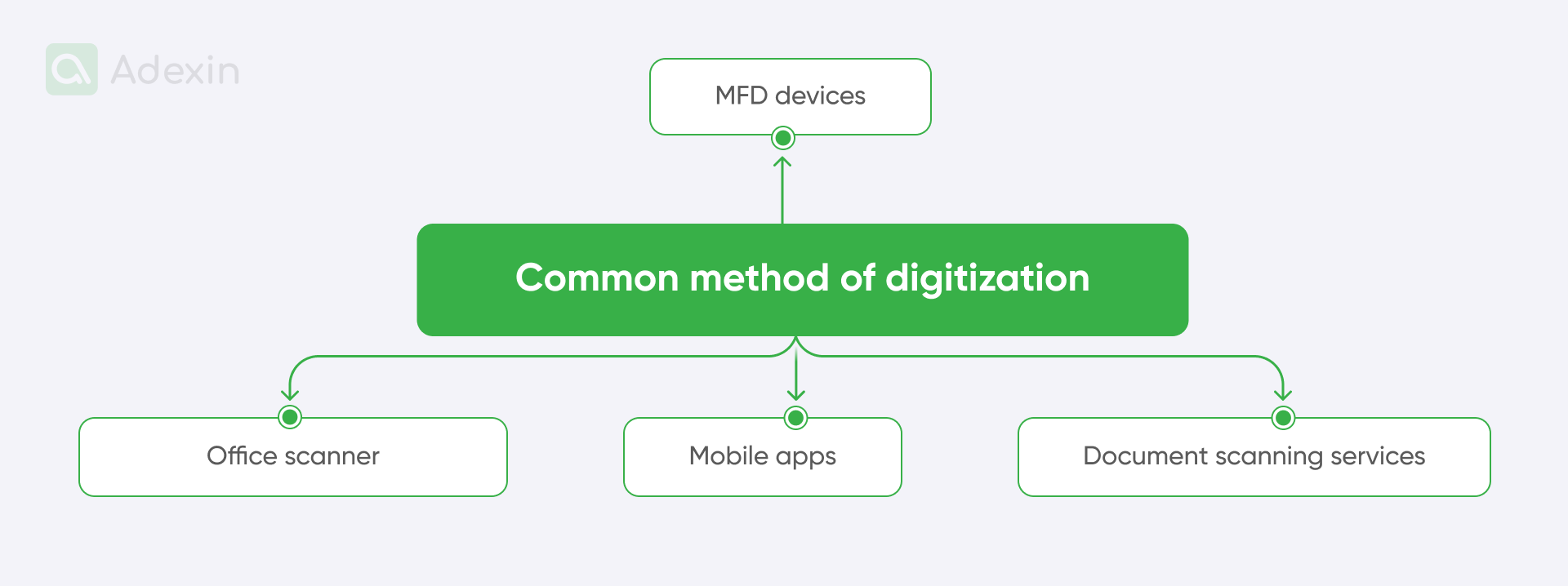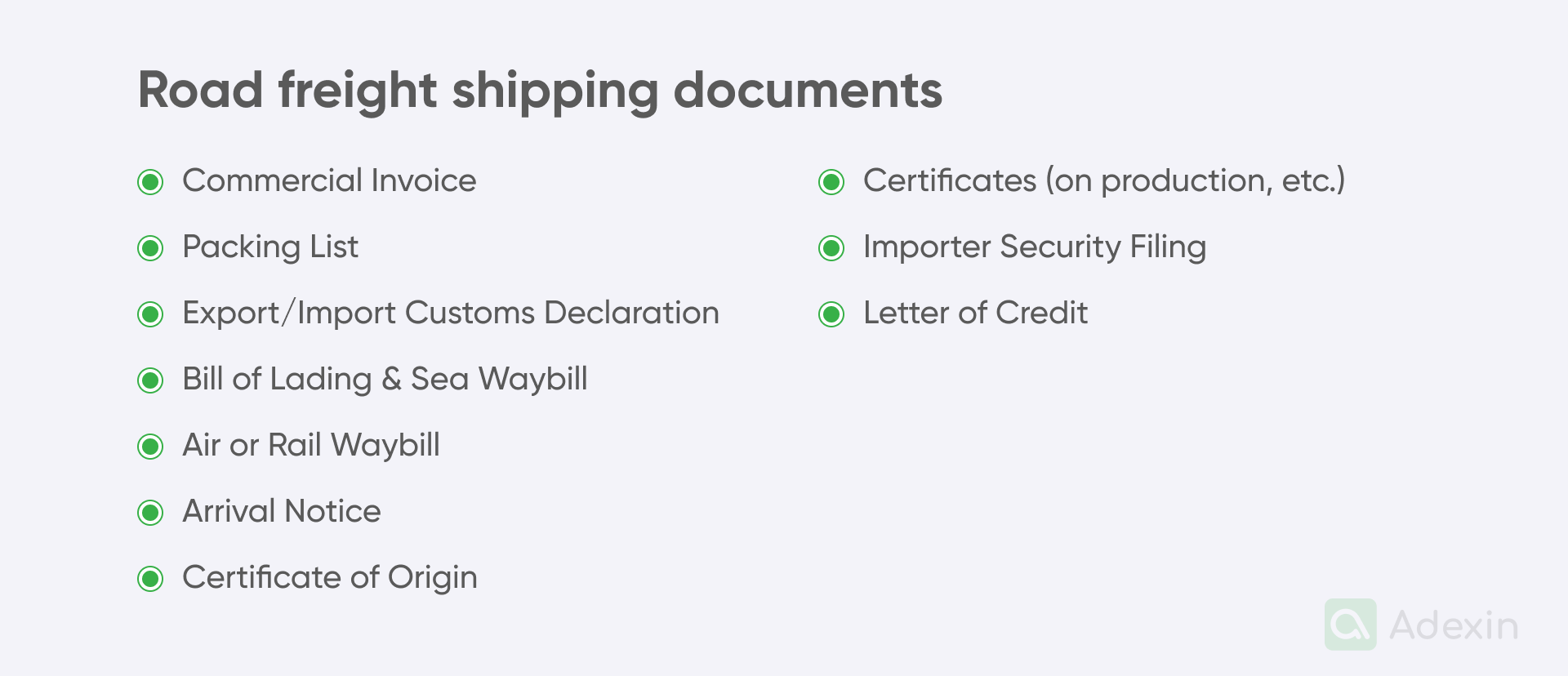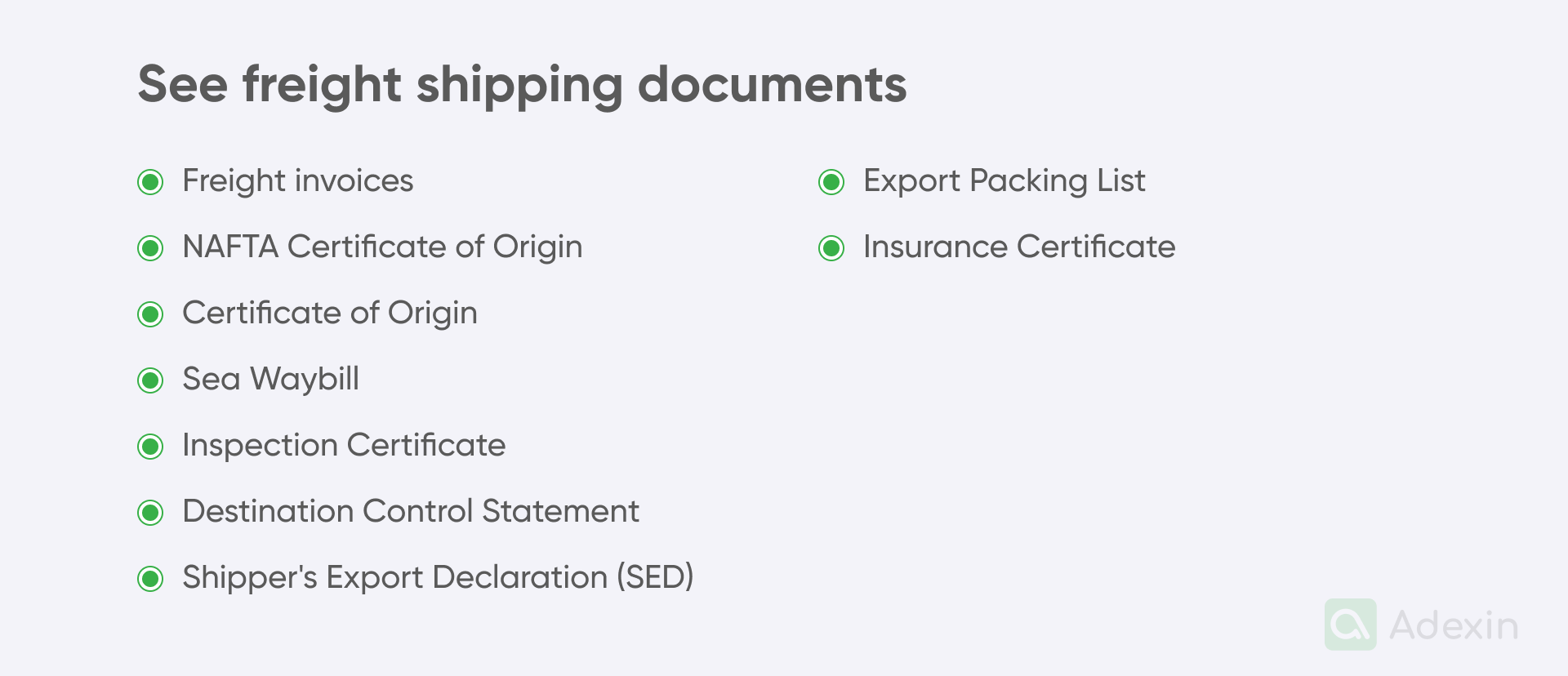Summary
Document digitization has already reshaped the transportation and logistics industry through various methods integrated with Document Management System (DMS) software. We are now seeing this change increase efficiency, reduce costs, and ensure compliance with international regulations. Streamlining operations, reducing errors, and maintaining sustainability goals by minimizing paper consumption are the current low-hanging fruit. Here, you can learn how to prioritize the digitization of documents, such as shipment data and billing records, which provides companies a quick return on investment.
Which method of digitization is most commonly used?
Supply chain solutions are increasingly using technology to streamline operations in the ever-evolving transportation and logistics environment. The implementation of document digitization solutions has been progressing around the world for many years. This aspect of the global strategy is something that all transportation companies should consider in their freight forwarding operations.
The basic approach to document digitization is based on comprehensive document management within the DMS software. This approach provides various methods for digitizing documents. Frankly, there is no better way on the market today to convert existing paper documents into digital assets and manage them within a DMS.

DMS's built-in digitizing features allow users to quickly convert documents into digital assets. Here are some of the most commonly used methods:
MFD devices
Multifunction devices (MFDs) integrate multiple office digital devices. They can incorporate a mixture of printers with office copiers. With a built-in scanner or cameras, MFDs can capture images of documents. You can scan a single transport document at any time or multiple pages if the devices are equipped with an automatic document feeder, as these are widely used by corporate format printers.
Office scanner
Mostly, this is still the same device. The office can still use multifunction devices for scanning, but in many cases, these might be small scanners attached to each desk. In that way, transportation administrators save time walking to the main copier placed somewhere in the corner of the office.
Mobile apps
Mobile apps with built-in scanning are quite a new option for converting documents. They are great for busy transportation office workers because they can use the DMS software's mobile app to scan documents using a mobile device, and the data can be automatically attached to emails and stored in the DMS.
Document scanning services
Document scanning services are the best option for accuracy, quality, precision, and bulk operations. This service can help handle large projects and convert hundreds of documents to digital format at one time. These are often available from third-party providers.
What are the sort of shipping docs?
The transportation business must use various types of shipping documents that are still in massive amounts not available digitally. With the document digitization built-in function in DMS software, companies can easily exceed their business capabilities.
There are many types of shipping docs that are dependent on operations. Whether these are land, air, or sea operations, we can divide documents into these types:

Air freight shipping documents
Air freight documentation has its own specific way of transport method and regulations that are quite different and very often more restricted. An example of these differences is visible in Dangerous Goods Handling (Dangerous Goods Declaration for air freight). Here are other examples of air freight documents:
Consular Invoice
Certificate of Origin
Shipper's Export Declaration (SED)
Bill of Lading
Export Packing List
Inspection Certification
Destination Control Statement
Dock receipt
Warehouse receipt
Insurance certificate
Export license
Certificate of Handling (Fumigation Certificate)
Dangerous Goods Declaration

Road freight shipping documents
Shipping documents for road freight also include their own characteristics. These are based on the way the transport is handled. Differences, in that case, come from shipping capabilities because trailers can be designated for FMCG with fridges or for fossil fuels. All these kinds require different shipping documents. Here are other examples of road freight documents:
Commercial Invoice
Packing List
Export/Import Customs Declaration
Bill of Lading & Sea Waybill
Certificates (production, vessel, phytosanitary)
Air or Rail Waybill
Arrival Notice
Certificate of Origin
Importer Security Filing (local customs requirements)
Letter of Credit

See freight shipping documents
Sea freight is primarily based on container shipping. Cargo in containers has its own specifics, where consignments must be protected, often during a several-month-long trip across the sea. In such cases, containers are filled with gas to eliminate insects. This is just one example of the main differences in ocean/sea freight. Alongside these differences come various shipping document requirements. Here are other examples of sea and ocean freight documents:
Freight invoices
Sea waybill
Certificate of Origin
NAFTA Certificate of Origin
Inspection Certificate
Destination Control Statement
Shipper's Export Declaration (SED)
Export Packing List
Insurance Certificate
How does digitisation of documents help with smooth shipping?
This is a good question. Most of us know that digitized documents can help handle certain operations, but despite the fact that digitized documents can bring value to the transportation business, they still require management. It can be handled most effectively within DMS software. Moreover, as certain shipping documents require various ways of using them, they require workflow automation and other functionalities that can help with a smooth shipping process. Here are areas where digitization of documents helps with shipping:
Shipping document control
Shipping documents need to be controlled before the consignment will leave the warehouse or will be accepted at the docs. The digitized format can be scanned automatically by OCR to ensure maximum shipping doc accuracy.
Shipping document approval
Inbound and outbound processes require constant approval by floor employees or various stakeholders in the entire supply chain. They should ensure that the shipping quantity is correct and that there are no discrepancies. Using mobile apps with shipping document approval functions, they can directly approve shipment conditions.
Shipping Receipt
Shipping documents should be accepted upon arrival. The digitized format of the proof of delivery (POD) is an absolute must for transportation companies. When embedded into DMS software, it organizes the entire flow of shipping documents and improves traceability.
Handling of shipping documents
Different types of shipments require various ways of handling documents. Shipping documents in digitized format can streamline the process, giving employees access to ready-to-use document templates and forms with just one click.
Decreasing errors
DMS software can help decrease the number of manual errors in documents, but only where they are digitized. Preventing errors in the shipping process is crucial for a smooth shipping process.
Which freight documents should be digitalized first?
The entire scope of the documents used in transportation is huge. Therefore, when we're thinking about digitization and using a DMS solution, we don't have to convert all types of documents at once. It will be quite important to make a smart choice to avoid overwhelming our personnel with extra work that is not necessary to run operations.
To help with freight, we should first digitize the documents that are most commonly used in the entire cycle. According to McKinsey, digitizing documentation can unlock trade and eliminate the so-called multi-billion-dollar paper jam. (please, place the hyperlink under bolded text from the references) [1]
Here are two types of documents that are required for digitization at first:
Shipment particulars
These include all shipping documents, such as the Bill of Lading (BoL) and Proof of Delivery (POD), which are essential for smooth operations within the supply chain. Digitizing documents that are part of the daily flow exchange is primarily important to ensure that the cycle will not be interrupted by any discrepancies.
Billing documentation
All financial documents involved in the shipping process should be digitized to unlock the ability to trade. Commercial invoices, pricing reports, and others are crucial to ensure business operability with timely paid fees and payrolls. This appears to be of absolute paramount importance in the transportation cycle.
Digitised international shipping documents
Going beyond the perspective of the local transportation market, we see that most high-value shipments are handled by international transportation. Transportation, in this case, requires various types of documents that must comply with international freight regulations. International maritime and transport law was established by the United Nations, providing all sea carriers with guidelines for trade without disrupting the operations of others.[2] Carriers and consignees are also obliged to comply with various Regulations and Practices in International Road Transport or Air Freight.
This compilation creates a challenging environment for freight forwarders all over the world. They can better handle transportation with digitised shipping documents.
The specifics of international freight documents vary from local shipping documents because these include different shipping details. Here are the main sort of information included on international documents for shipping:
International Air Waybill number
Export references (i.e., order number, invoice number, etc.)
Shipper / Exporter details
Economic Operator Registration and Identification (EORI) or Tax ID number
Full description of goods
Country/Territory of Manufacture (Country of Origin)
Unit Value
Customs Procedure Code (CPC)
The reason for shipping
Incoterm® (the International Chamber of Commerce codification)
Billing of duties and taxes
Duty obligations (free trade agreements regulations)
Benefits of digitised documents for shipping
Digitizing documents for shipping brings significant benefits to the transportation industry. Once documents are managed within DMS software with various features for quick digitization (scanning documents), the work environment becomes cost-effective and pleasant for every employee and stakeholder in the supply chain.
Here are the main benefits of digitised documents for shipping:
Lower costs
Scanning documents in transit (on the way to the warehouse) leads to cost savings by reducing management expenses and minimizing staffing requirements. It also streamlines document retrieval processes, saving time and resources.
Increased productivity
Digitization in transit enables quick access to shipping documents and seamless sharing of data between departments. This process increases overall productivity in the industry.
Automation
Digitizing transportation documents automates processes and indexes and categorizes documents. As a result, transportation can benefit from streamlined operations and reduced manual work.
Improved control
Digital documents can be supported by structured metadata, such as in transportation management software (TMS) or a document management system, which improves organization and document retrieval, offering better control over critical information in the transportation sector.
Sustainability benefits
Digitization in transportation helps sustainability by reducing paper consumption. On the other hand, it eliminates the need to make multiple copies, which is in line with environmentally friendly practices.
Short lookup
Asking any transportation coordinator about the usefulness of digitizing documents in transportation can result in the same answer: it can be extremely helpful and quickly change business dynamics.
Those responsible for supply chain and transportation decision-making processes, whether it's a transportation coordinator, business analyst, or operations manager, all understand that data-driven decisions make our shipping processes more accurate and error-free.
At Adexin, we have been working with transportation companies for several years now. We understand the specific needs of the industry and recognize the critical importance of data quality. With our proven experience in implementing software solutions for transportation data management, we are ready to help your company grow sustainable with a relatively quick return on investment (ROI). Contact us today, and let's talk about the digitized shipping documents in your organization.
References:
[1] Retrieved from: https://www.mckinsey.com/industries/travel-logistics-and-infrastructure/our-insights/the-multi-billion-dollar-paper-jam-unlocking-trade-by-digitalizing-documentation
[2] Retrieved from: https://unctad.org/topic/transport-and-trade-logistics/policy-and-legislation/international-maritime-transport-law
